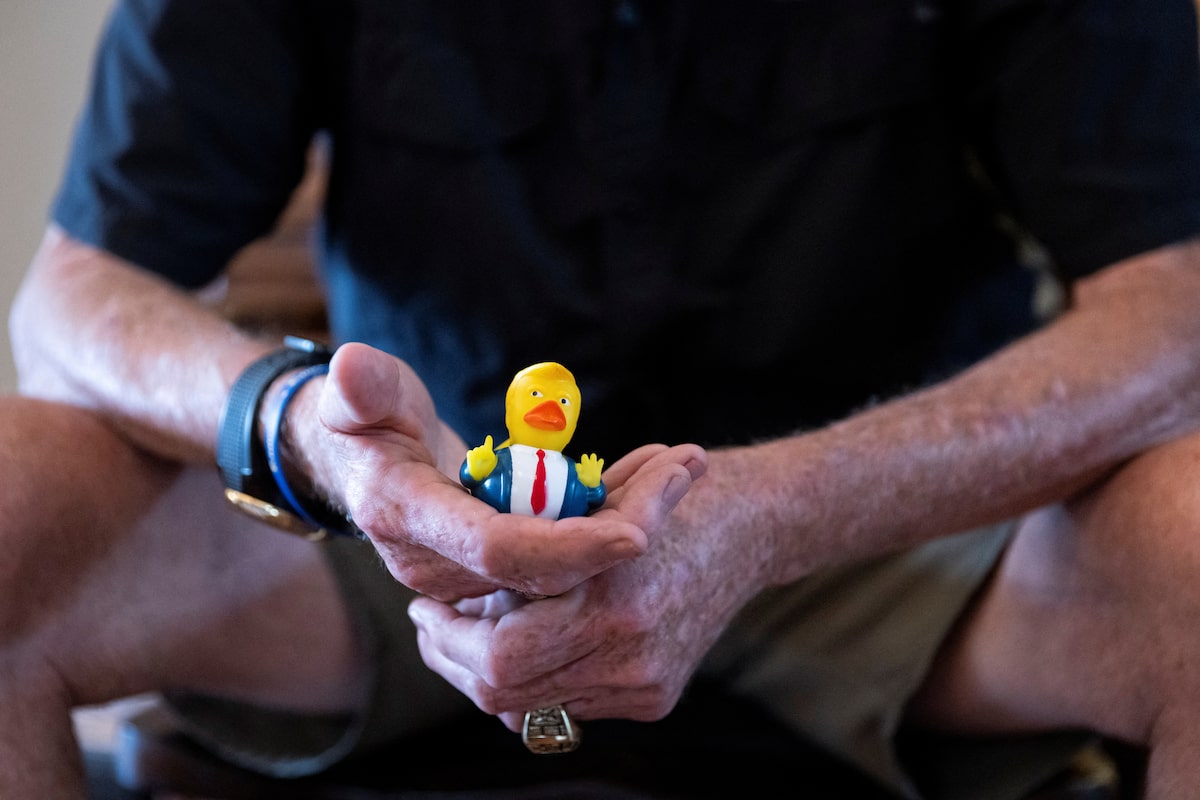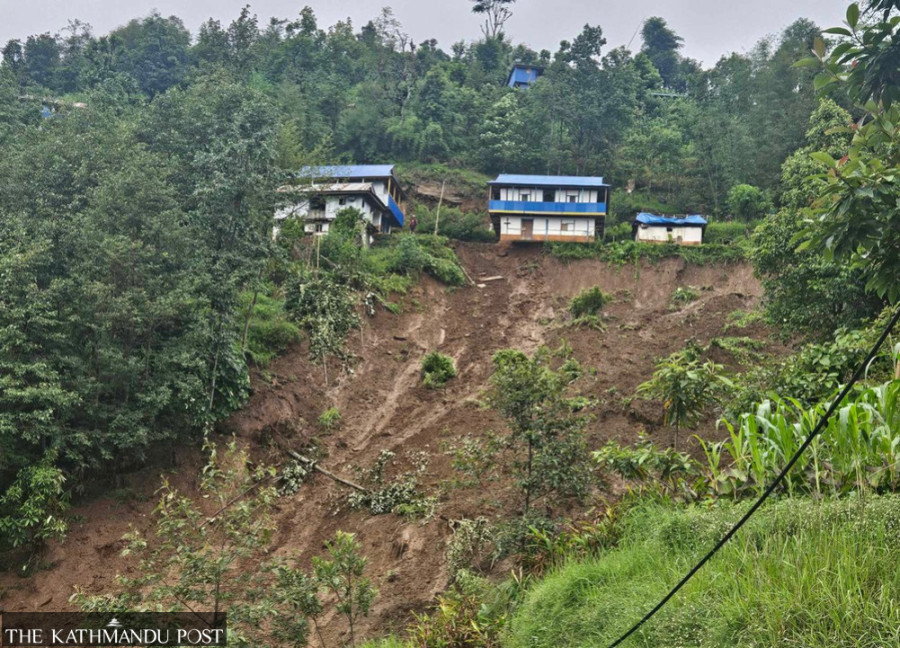A former student opened fire at BORG Dreierschützengasse secondary school in Graz, Austria, on the morning of June 10, killing ten people and wounding at least twelve others before taking his own life. Austrian authorities have described the incident as the country’s most lethal school shooting since World War II .
Incident Overview
The shooting began around 10 a.m. CEST when the 21-year-old gunman, whom police identified only as Artur A., entered two classrooms and deployed a legally owned Glock pistol and shotgun . Approximately 40 shots were fired during the brief but intense attack. Special police units, including Cobra tactical teams, arrived at the scene within minutes and secured the area by 11:30 a.m. emergency protocol was triggered across Graz hospitals .
The gunman later died from a self-inflicted wound inside a school bathroom. He had no prior criminal record and legally obtained both firearms. A handwritten note was discovered at his residence, and authorities are investigating reports that he felt bullied during his earlier years at the school .
Victims and Casualties
Graz Mayor Elke Kahr confirmed that among the dead were seven students and two adults—likely including at least one teacher—while the shooter himself was the tenth fatality . A total of twelve people sustained injuries, with several victims in critical condition following emergency surgery. Ambulances and medics were dispatched immediately to attend to those injured .
Schools across Austria suspended classes, and local hospitals activated psychological support teams. Police have also released a video of first responders evacuating students and treating the wounded .
Official Response
Chancellor Christian Stocker labeled the event a “national tragedy” and ordered three days of official mourning. Flags across Austria were printed at half-mast, and a minute of silence was observed the following day at 10 a.m. Before the shooting, Austria had been at Level 4 on its anti-terror alert scale after recent security incidents including an attempted terrorist attack in Vienna .
Interior Minister Gerhard Karner confirmed the shooter acted alone and emphasized that the situation was contained with a rapid police response. Authorities are investigating how the suspect acquired his firearms and whether any warning signs were overlooked .
Public and Political Fallout
The attack has triggered intense debate in Austria over the accessibility of firearms. Although certain long guns can be purchased legally at age 18, the military-grade weapons involved in this incident required additional permits—a provision critics now say needs tightening .
Austrian citizens and political leaders have expressed shock and solidarity. Vigils and memorial services have taken place across Graz, highlighting the community’s resolve to support grieving families and evaluate school safety protocols.
Next Steps
Law enforcement: Investigators are reviewing the suicide note and tracing the origin of the firearms. They aim to determine whether the shooter received prior treatment or engaged in troubling behavior.
Legislation: Federal lawmakers are expected to revisit existing gun laws, focusing on stricter controls and enhanced background check processes.
School security: Austria’s Education Ministry will likely assess security provisions at educational institutions, including emergency drills, access restrictions, and counselling services.
Community recovery: Local authorities plan additional psychological support for survivors, families, and first responders to aid recovery efforts .
—
This incident has profoundly impacted Austria’s national psyche, renewing scrutiny on gun regulation and mental health oversight. As the country enters a period of mourning and reflection, the government and public face mounting pressure to address conditions that allowed such a tragedy. The coming days will reveal whether Austria can implement meaningful changes to prevent future violence and restore a sense of security in schools.
Source: Al Jazeera


